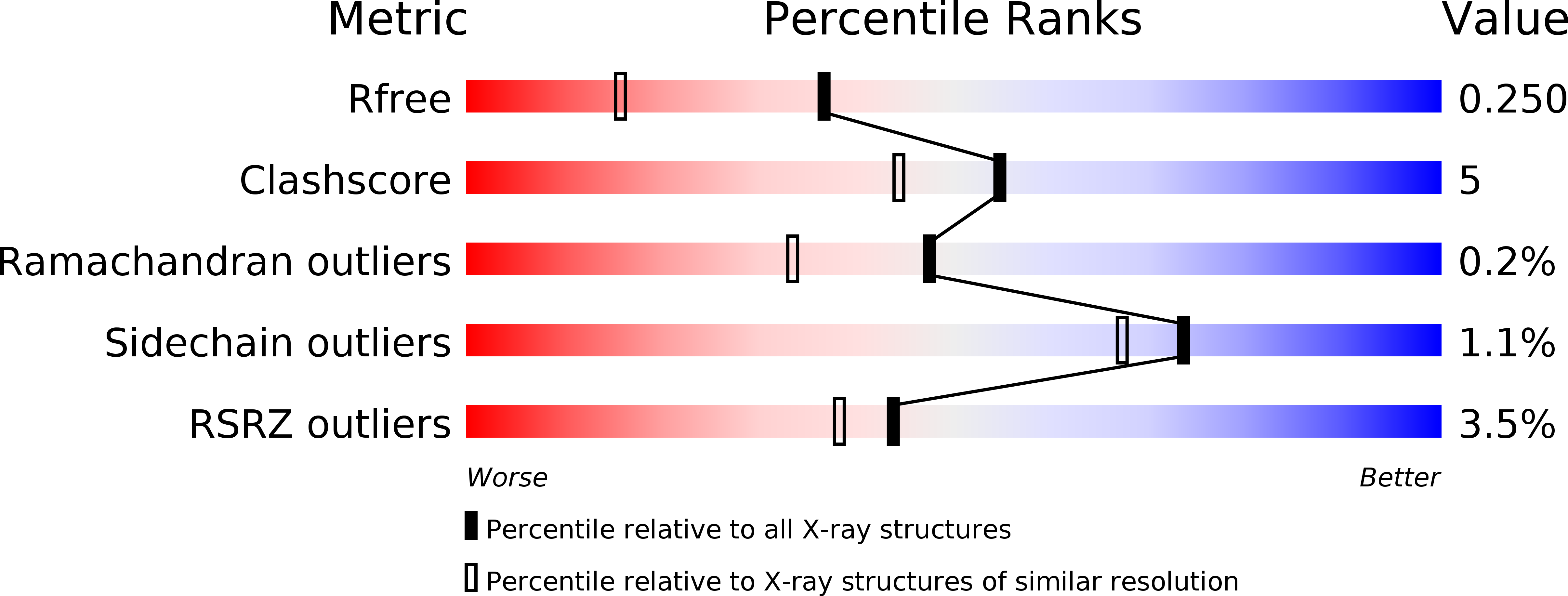
Deposition Date
2017-11-22
Release Date
2019-06-19
Last Version Date
2024-10-23
Entry Detail
PDB ID:
5YUP
Keywords:
Title:
Crystal Structure of the Fab fragment of FVIIa antibody mAb4F5
Biological Source:
Source Organism:
Mus musculus (Taxon ID: 10090)
Method Details:
Experimental Method:
Resolution:
1.81 Å
R-Value Free:
0.24
R-Value Work:
0.20
R-Value Observed:
0.20
Space Group:
I 2 3


